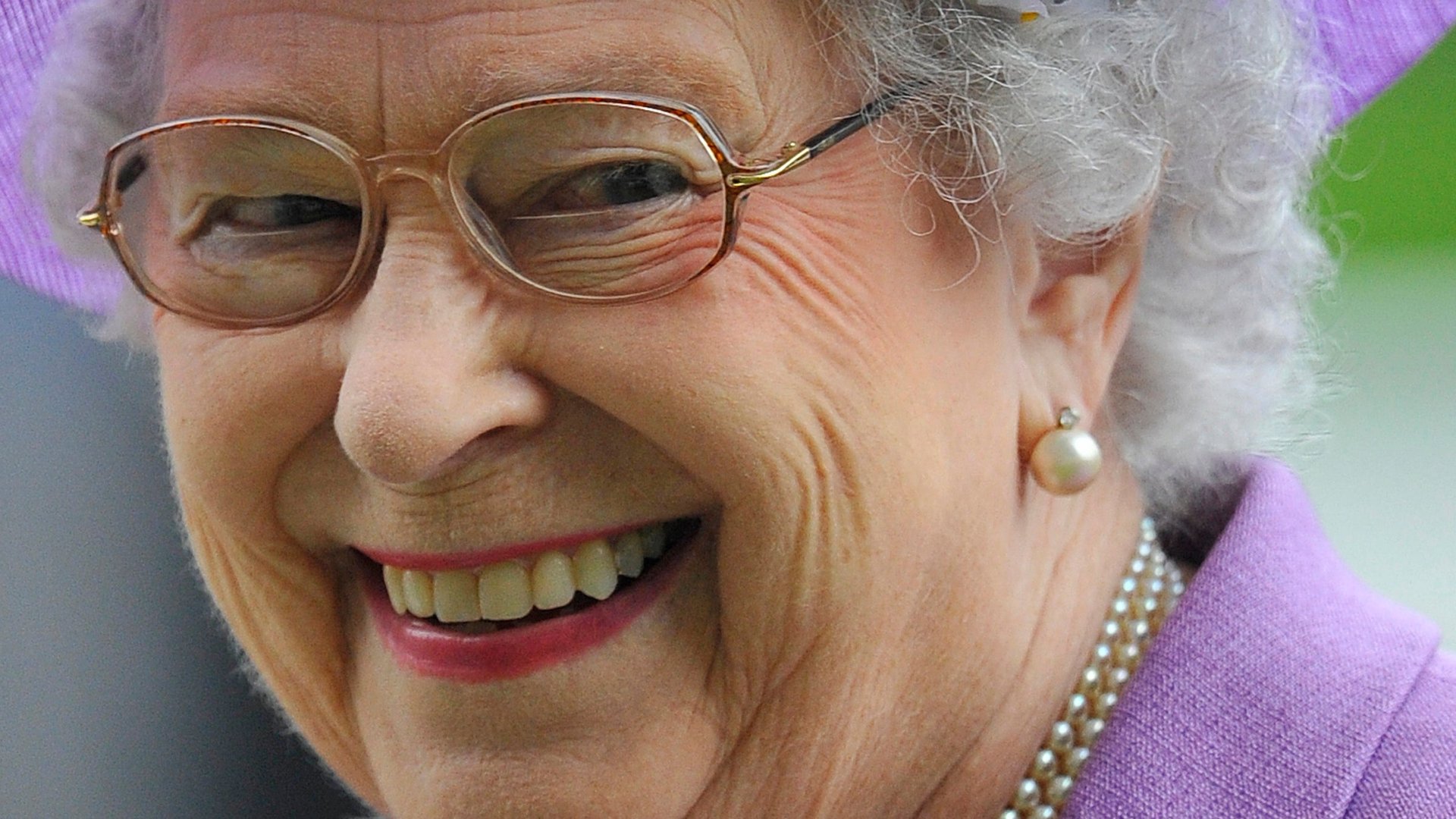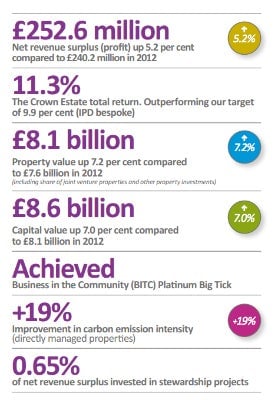How does the Queen manage to keep on beating the UK property market?
Queen Elizabeth is making a killing in the UK real estate market without ever having bought, sold, developed or leased a property, let alone lifted a finger.



Queen Elizabeth is making a killing in the UK real estate market without ever having bought, sold, developed or leased a property, let alone lifted a finger.
That’s because the Crown Estate, a property portfolio business owned by the Crown and governed by an act of parliament, effectively pays her 15% of its yearly profits. But it’s also because Crown Estate’s returns, which led to a cool £252.6 million ($386.4 million) in profits last year, have made a habit of beating the UK real estate market’s benchmark.
The Crown Estate returned 11.3% on its £8.1 billion portfolio, well above the property industry benchmark of 9.9%, and the fifth consecutive year in which it has outperformed the greater UK market.
What’s the secret? According to the Crown Estate’s CEO (pdf) Alison Nimmo, it’s a combination of the estate’s “wide diversity of our business, coupled with our strength in prime retail markets and London’s West End.” In other words, it owns a lot of different kinds of fancy land.
That’s partly because back in 1760 King George III handed a massive swath of the country’s lands and coastal waters over to parliament, which led to the founding of the estate; but also because the estate has greatly expanded its holdings. The Crown Estate’s portfolio of investments is really now a collection of four separate portfolios:
Its “energy and infrastructure” portfolio, which capitalizes on the country’s growing commitment to alternative forms of energy by licensing and leasing the “almost entire seabed out to the 12 nautical mil territorial limit around the UK.” (The Crown Estate owns just over half the UK’s foreshore.) This portfolio returned 10.6% last year.
Its “rural and coastal” portfolio, which is “one of the largest and most diverse portfolios managed nationwide,” includes 140,000 hectares (345,000 acres) of rural estate in England, Scotland and Wales; it returned 13.3% last year.
Its “urban” portfolio, which includes properties in London’s West End and “prime retail schemes in major towns and cities around the country,” returned 10.6% last year.
And its “Windsor estate” portfolio, which covers 6,400 hectares (15,800 acres), includes several retail parks, residential properties and commercial properties; it was the only portfolio that didn’t do so well this past year.
Thanks to its diverse holdings, the estate’s portfolio can not only withstand a dip in any one of its four sectors, but outperform the market despite it, too. That’s why it has returned more than £2 billion ($3 billion) over the past decade, made a habit of beating out the UK property market, and guaranteed the Queen $54 million in real estate earnings this year, and $58 million next year.